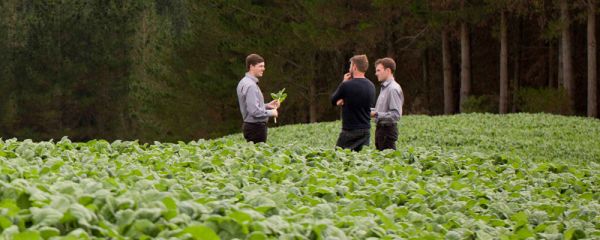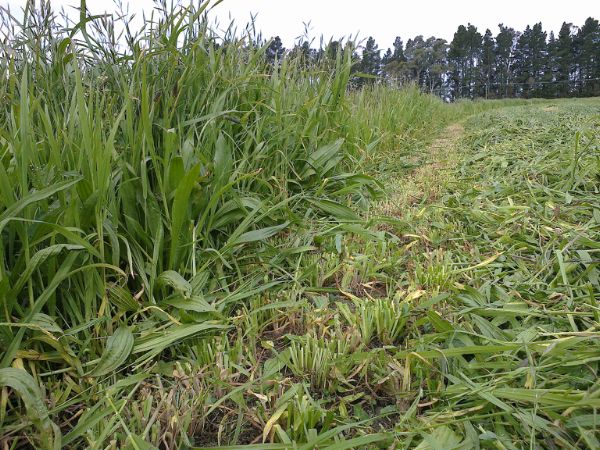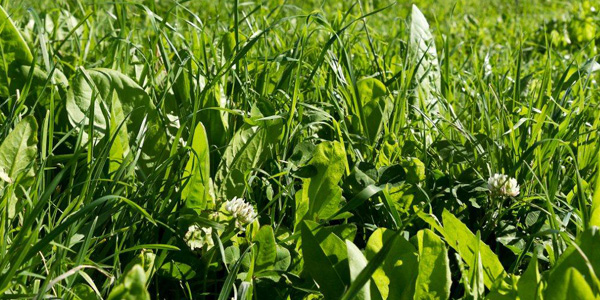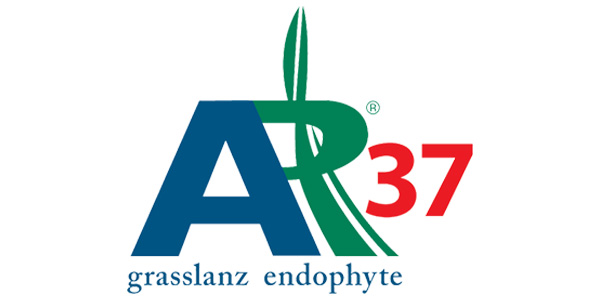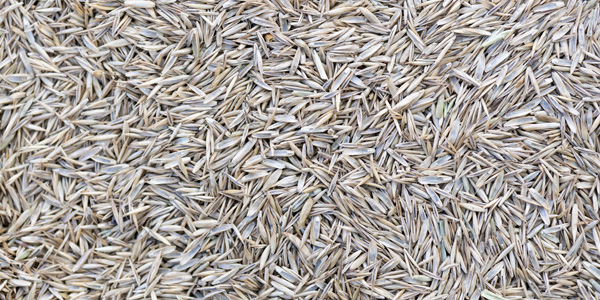
Other grasses
Other grasses
Prairie & Brome Grass Management
Establishment
Brome grasses have a very large seed and their thousand seed weight is very low at around 90,000 seed per kg compared to diploid perennial ryegrass which is around 500,000 seeds per kg. Care must be taken to use enough brome grass seed when putting a mix together to meet expectations of pasture density and pasture vigour. Although brome seed is very large it cannot be sown deep with a recommended sowing depth of between 10-20 mm, which is the same as for perennial ryegrass.
Timing
Brome grasses have very good heat tolerance and are capable of being sown in both spring and autumn in summer dry environments. If spring sown they should be established early before the onset of summer conditions. They have good cool season activity and can be sown to similar timings as perennial ryegrass in the autumn.
Grazing Management
Grazing management is where bromes differ.
Gala grazing brome is a perennial ryegrass-like plant and can tolerate significant set stocking particularly in spring and also for periods of time in summer. It is NOT a tall grass and should not be shut up expecting tall covers. Atom prairie grass is much more like an Italian or Italian-like hybrid ryegrass. It is a larger taller plant that is quite open in habit. Prairie grass is best suited to rotational grazing and benefits from a longer round length of around 30-35 days. It is a free-seeding plant with a relatively palatable seedhead and should not be shut up for too long in autumn as the seedhead that develops in late summer/early autumn is prone to Ergot, which can have some animal health implications. Prairie grass has excellent autumn activity so grazing later in summer and early autumn before shutting up for winter feed is the recommended practice for this time of year.
Fertiliser
Grazing brome can tolerate a wider range of fertility and while benefiting from a pH greater than 5.8 and Olsen P’s over 20, it can tolerate lower fertility similar to cocksfoot. It is a smaller plant and at lower fertility it may not appear to be productive, but it can persist in these conditions. Grazing brome benefits from late summer or early autumn nitrogen as it has excellent autumn and winter activity.
Prairie grass is a high fertility grass that thrives in soils with high Olsen P levels. Often in these conditions it can successfully self-seed and maintain high legume and herb content. While tolerant to Olsen P down to 20, lower fertility levels will reduce the persistence of this grass. Prairie grass has excellent cool season growth and responds well to early autumn nitrogen and late winter/early spring nitrogen.
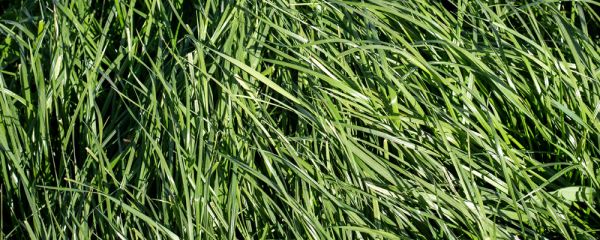
Other Grasses
VIEW PRODUCTS